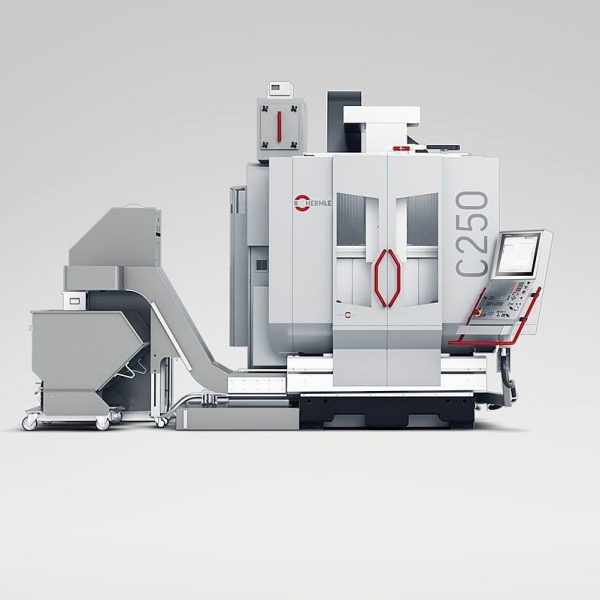CAPABILITIES
3 AXIS, 4 AXIS & 5 AXIS CNC MILLING
Milling is an important technique used in CNC precision machining having applications for medical, aerospace, optical, as mechanical parts. Milling uses rotary cutters to remove material from a workpiece by feeding the workpiece at an angle to the axis of the tool. The axes that a milling machine has, determines the type of work and the locations in which it can be done on the workpiece.
WHAT IS 3-AXIS MILLING?
3-axis milling evolved from the practice of rotary filing and is a milling process that operated on two axes, the X & Y axis. In three axis machining, the workpiece remains still while the cutting tool moves along the 3 axes to mill the part. 3-axis machining still one of the most widely used techniques to create mechanical parts, and can be used for automatic/interactive operation, milling slots, drilling holes, and cutting sharp edges. Because 3-axis machining only operates on the 3 axes, it is relatively simple and allows material to be removed in these 3 axes represented by back to front, side to side and up and down.
While it is a more basic machining process, 3-axis machining may be ideal for your machining project depending on the size of your production run, the workpiece requirements, accuracy and finish constraints, materials used and your holding capabilities.
3 AXIS CNC MILLING CAPABILITY
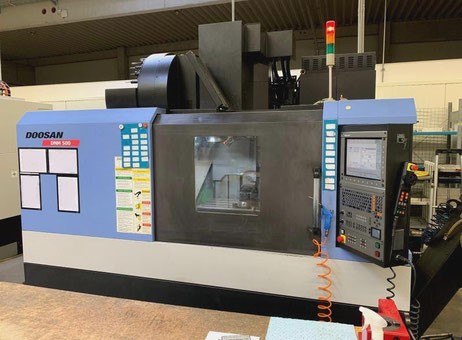
DOOSAN DNM 500 VERTICAL MACHINING CENTRE
High performance vertical milling machine with 10,000RPM spindle
X axis 1,020mm
Y axis 540mm
Z axis 510mm
DOOSAN DNM 650 VERTICAL MACHINING CENTRE
High performance vertical milling machine with 12,000RPM spindle
X axis 1,270mm
Y axis 670mm
Z axis 625mm
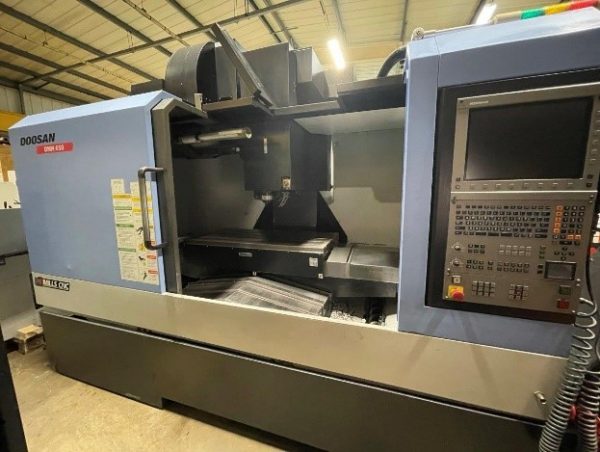
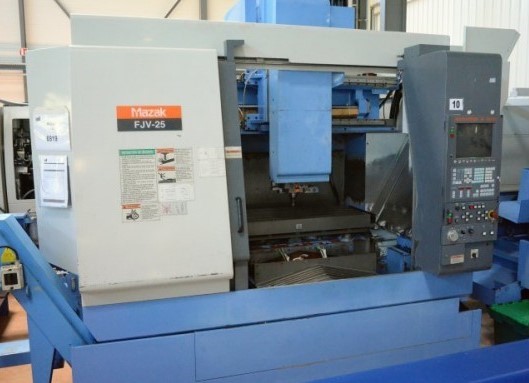
MAZAK FJV-25 VERTICAL MACHINING CENTRE
Vertical milling machine with 25,000RPM spindle
X axis 1,020mm
Y axis 510mm
Z axis 510mm
HURCO VMX50 VERTICAL MACHINING CENTRE
Vertical milling machine with 10,000RPM spindle
X axis 1,270mm
Y axis 660mm
Z axis 610mm
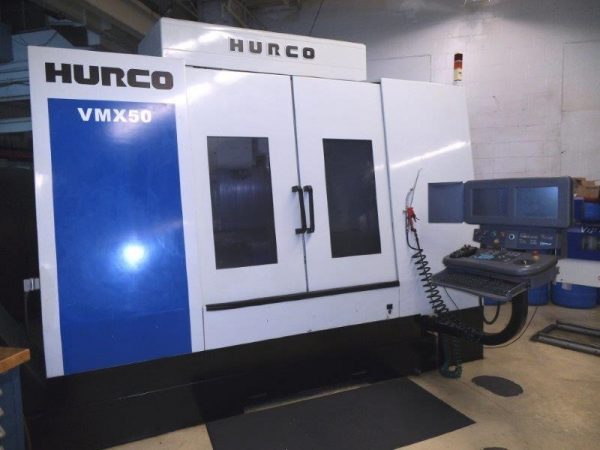
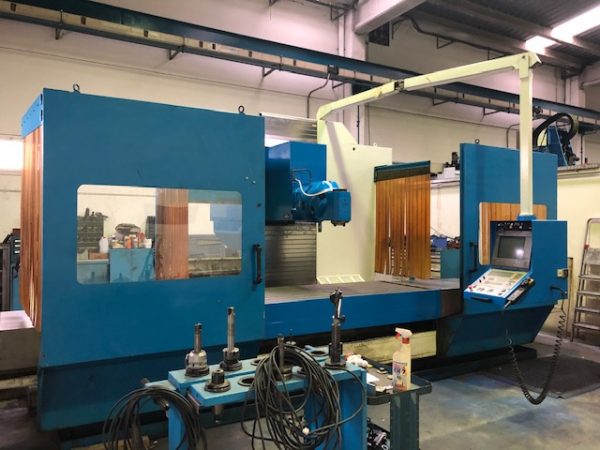
CME HZ-30 MILLING MACHINE
Milling machine with 4,000RPM spindle and rotational head
X axis 2,000mm
Y axis 1,200mm
Z axis 1,500mm
HARTFORD BLOCKBUSTER PRO-3210 VERTICAL MACHINING CENTRE
Vertical milling machine with 6,000RPM spindle
X axis 3,050mm
Y axis 2,100mm
Z axis 900mm
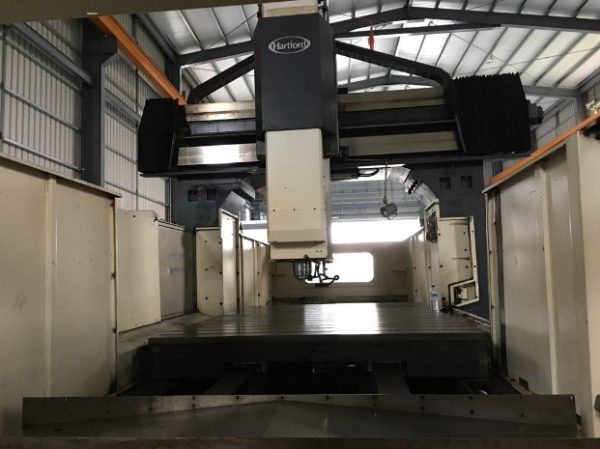
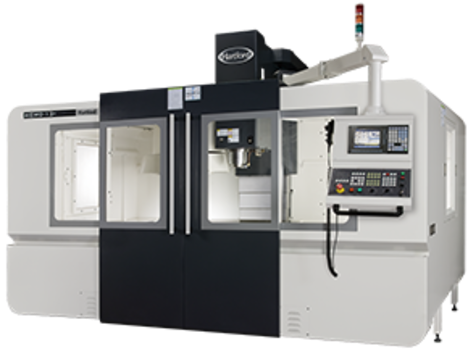
HARTFORD HCMC 1892 VERTICAL MACHINING CENTRE
Vertical milling machine with 6,000RPM spindle
X axis 1,800mm
Y axis 920mm
Z axis 820mm
WHAT IS 4-AXIS MILLING?
4-axis milling involves the same processes involved in 3-axis machining, where a cutting tool is used to remove material from a piece to create the desired shape and profile. However, in the case of 4-axes machining, milling is performed on an additional axis. A 4-axis CNC machine operates on the X, Y and Z axes like a 3-axis machine, but it also includes rotation around the X-axis, which is called the A-axis. This is the 4th axis that is added to our machining process. In most cases, the workpiece will be rotated to allow for cutting to occur around the B-axis.
4-axis milling is useful when holes and cut-outs need to be made in the side of a piece or around a cylinder. They can provide quick and efficient work based off computer numerical inputs for precise results.
4 AXIS CNC MILLING CAPABILITY
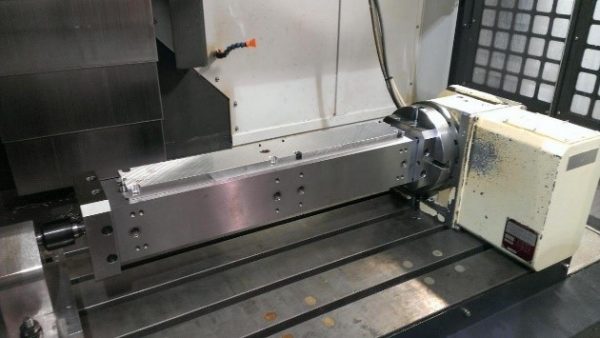
GSA TECHNOLOGIES CNC 400R 4th AXIS ROTARY
4th Axis capacity of 500mm in diameter up to a length of 1,200mm long
WHAT IS 5-AXIS MILLING?
5-axis machining involves all the axes of 4-axis machining, with an additional rotational axis. 5-axis milling machines are the best CNC milling machines available today, capable of creating precise and intricate parts for artificial bones, aerospace products, titanium pieces, oil and gas machine parts, car moulds, medical, architectural, and military products. The 5th axis in 5-axis milling machine is around the B-axis, which rotates around the Y-axis in the X-Y-Z plane. This multidimensional rotation and tool movement allows for B-axis unparalleled precision, finish and speed in the production of a piece. 5-axis machining can create very complex parts, which is why it is so important for high level uses, such as aerospace applications.
However, 5-axis machining is also becoming more popular because it offers the option for single-step machining (reducing lead time), allows better access to part geometry, and improves the tool life and efficiency of the process by tilting the table for the ideal cutting position.
So which type of machining should you choose for your project? It all comes down to your unique requirements, budget and timeline. For expert advice, talk with one of our professional precision engineers to find the right match for your needs.
5 AXIS CNC MILLING CAPABILITY
HERMLE C250U 5 AXIS MACHINING CENTRE
Dimensions
Traverse path: 600 x550 x 450 mm
Table: dia. 450/ H 355
Collision circle: dia. 770 mm
Max. vertical table clearance: 550 mm
Facts
Speed: 18000 RPM
Rapid traverse linear X-Y-Z: 35 m/min
Rigid clamping table: 800 x 616 mm
Max. table load: 1100 kg
